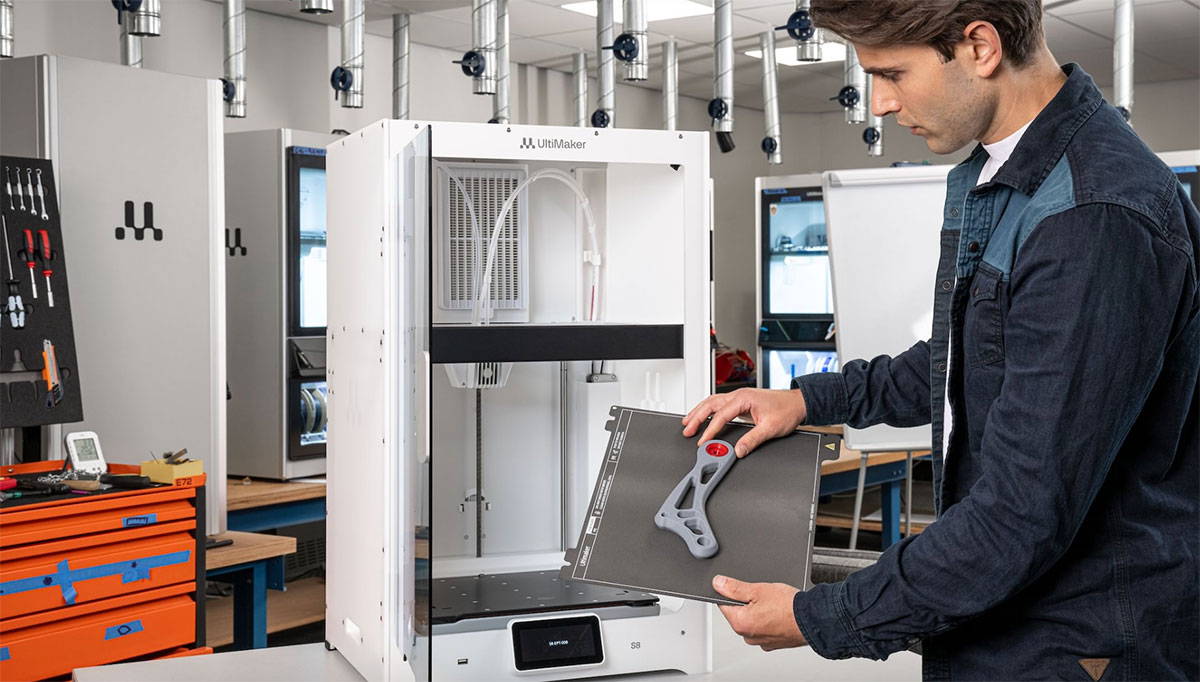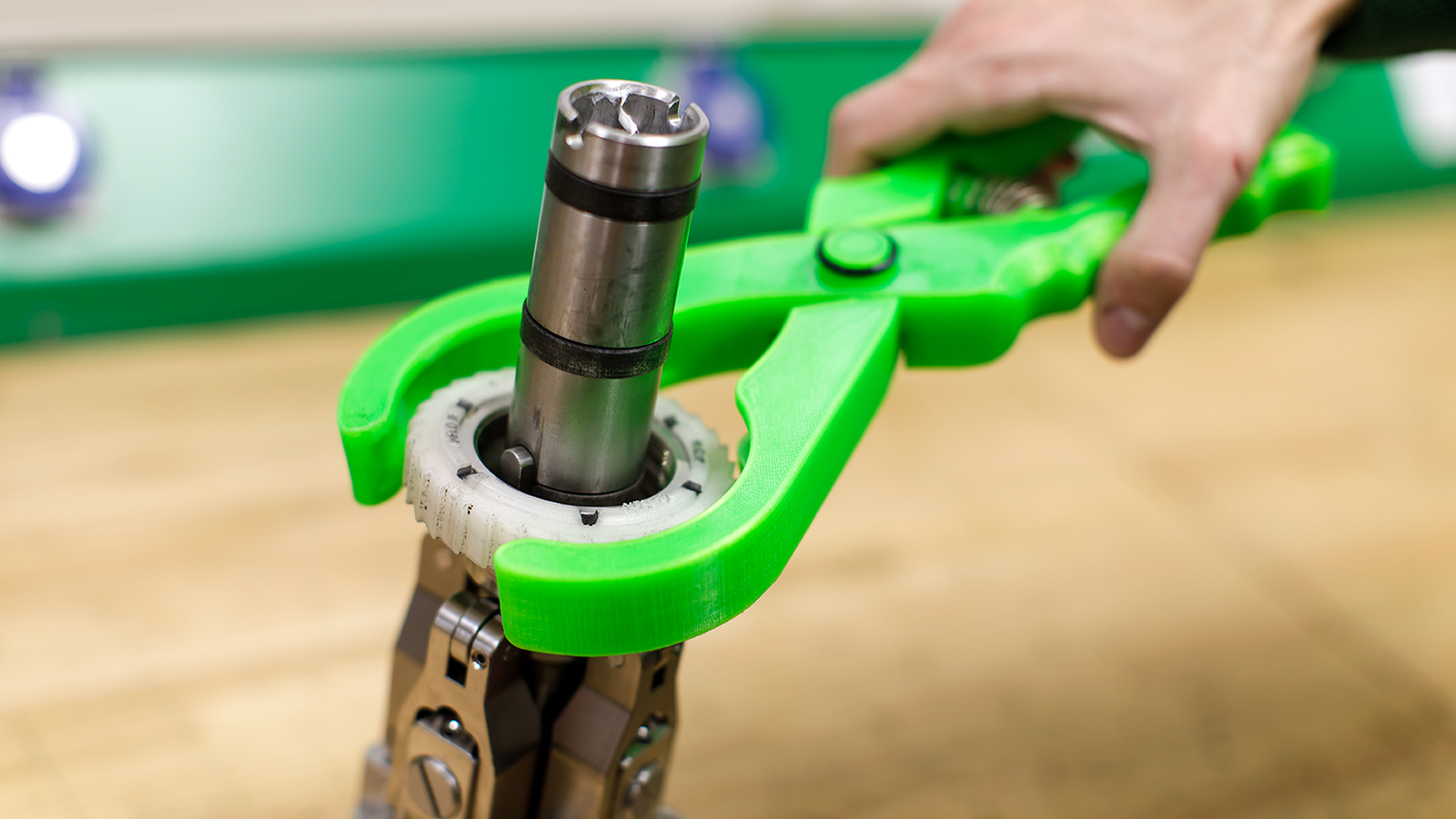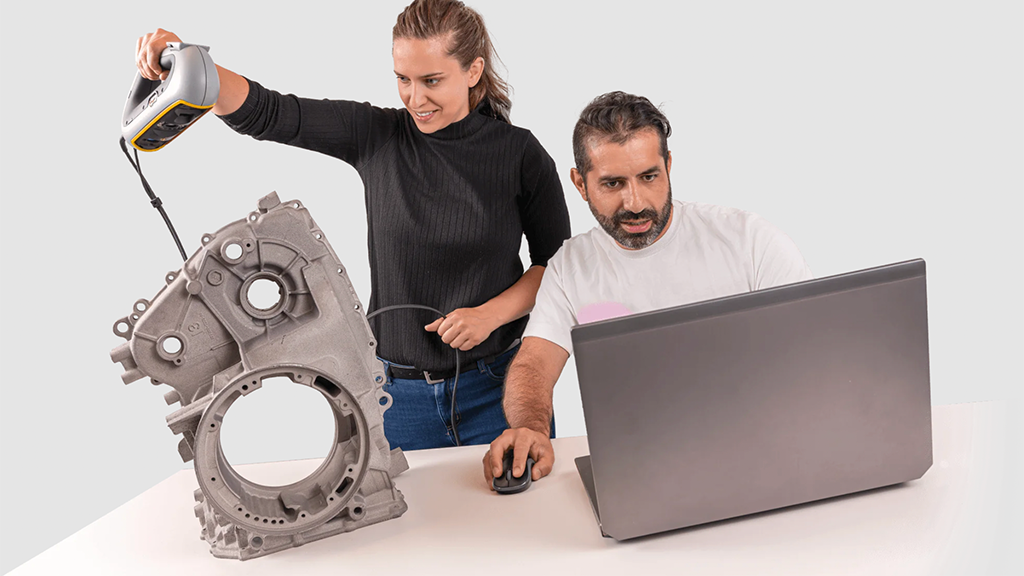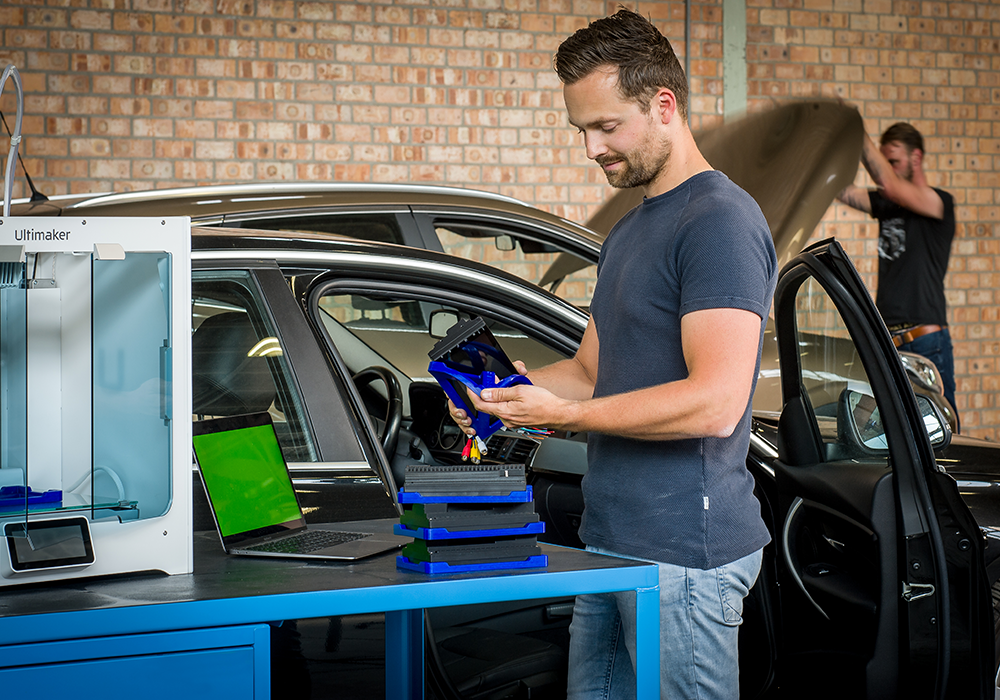5 Ways 3D Printing is Revolutionizing Jewelry Making
June 08, 2023
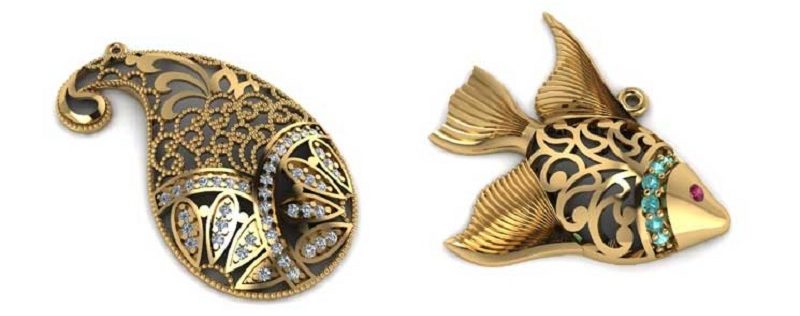
Cameron and Rebecca Stern are professional jewelry designers. They produce 500 to 2,000 pieces of jewelry a month through their company, Stern Design Works. In the video above, they explain how they use 3D printing in their design work and discuss how it has aided their business.
Whether you're a seasoned professional, just starting a business, or a hobbyist, you can achieve the same results they do with their machine.
Imagine designing a piece of art that gets you truly excited. Jewelry designers know this experience well. They're familiar with the feeling of elation from creating a piece with that "it" factor. It's a feeling that shows through in the final product, and earns the piece its popularity.
Now picture producing such a prototype, or even a finished product, within an hour or two of the initial design. You are not alone in wishing for this; artists throughout history have dreamt of the ability to create as fast as they could imagine. With today's technology, it is no longer a daydream. This is the power of 3D printing and digital fabrication.
The best part is, the technology doesn't require a budget-busting investment. Many 3D printers can operate directly via a laptop or desktop.
Traditional jewelry-making is an involved process. Some of the traditional steps for making a cast include:
- The jewelry designer develops ideas for a piece of jewelry.
- The designer embarks on the time-consuming process of making a master model with modeling clay or another sculpting material.
- The designer makes a press form using the master model.
- From the press form, the designer makes an intermediate form. This intermediate form generates the casting mold.
- Liquid metal is poured into the mold to make the final piece of jewelry.
This is an involved process requiring a great deal of manual labor. 3D printing can help jewelry designers spend less time in the development stages of production. Less time in production leaves more time to work on the final piece or pieces of jewelry.
With 3D printing, you see your jewelry within minutes of design
One of the drawbacks to jewelry-making is that the designer must construct a prototype after completing a design. The time to complete a prototype can last anywhere from hours to several days. If you are working with a client, this means multiple steps and meetings, including:
- Designing the piece with the client
- Making the prototype
- Meeting again with the client to review the prototype
This process not only takes more time, but it is also inconvenient for the client. With 3D printing, however, it's possible for a client to sit with you as you design the piece. You can collaborate and make adjustments as the client desires, then create a 3D model for them to approve.
With the 3D printing process, the client makes an informed decision about the jewelry, and you can give them your input about design and structural integrity. You can also provide a more accurate production timeline.
3D printing builds stronger pieces of jewelry
Some of the most beautiful jewelry in the world is also very intricate. The delicate structure of the jewelry makes it eye-catching, but it may not be regularly wearable.
3D printing allows you to design very intricate pieces of jewelry, print them out, and test their strength and integrity. Before you invest in time-consuming and expensive mold-making, you can see what parts of the design are weak and adjust your design or material accordingly.
Instant creation of ideas
Sometimes, inspiration hits in an instant. It's one thing to sketch out the idea and revisit it later for reconsideration, but imagine the ability to create a piece within hours.
Instead of spending a day or more constructing a complex master model, you can 3D print it. This saves time and cost.
Although it is a more costly process, you can also print a master model in metal or even a piece of jewelry directly from the printer.
Textures and finishes
Creating the right textures and overall finish for a piece of jewelry is critical to its success. 3D printing allows you to experiment with these aspects. You no longer have to guess which one would look the best. You can print them out, do a side-by-side comparison and choose the best one.
Rapid repair
If a customer damages a piece of jewelry, you can reproduce the mold to make the replacement piece with your 3D printer. You can also print out the replacement piece and fix the jewelry. Since you will generate the replacement piece with the same mold as the original, you won't have to worry about crafting and fitting a tiny piece of metal.
In general, 3D printing is the best choice for more delicate or intricate jewelry. 3D printing is additive, building layer upon layer of material. This means even the smallest variations in jewelry can be reproduced exactly as designed.
Learn More
3D Universe offers a complete line of 3D printers, accessories, and supplies for jewelry-making. Our goal is to make these versatile printers accessible to everyone.
If you would like to know more about using 3D printing in jewelry making and many other fields, such as art or manufacturing, take a look around our website. Read our blog, and check out the different types of equipment we offer.
Our Ultimaker 3D printer line is a favorite of many of our customers, and we offer a wide variety of accessories and material for jewelry making. If you have any questions, please don?t hesitate to contact us.
More informative 3D Universe blog posts:
Get started with 3D printing here.
Check out our post on 3D printed fashion here.
Image attribution: Irwikilord [CC BY-SA 4.0

